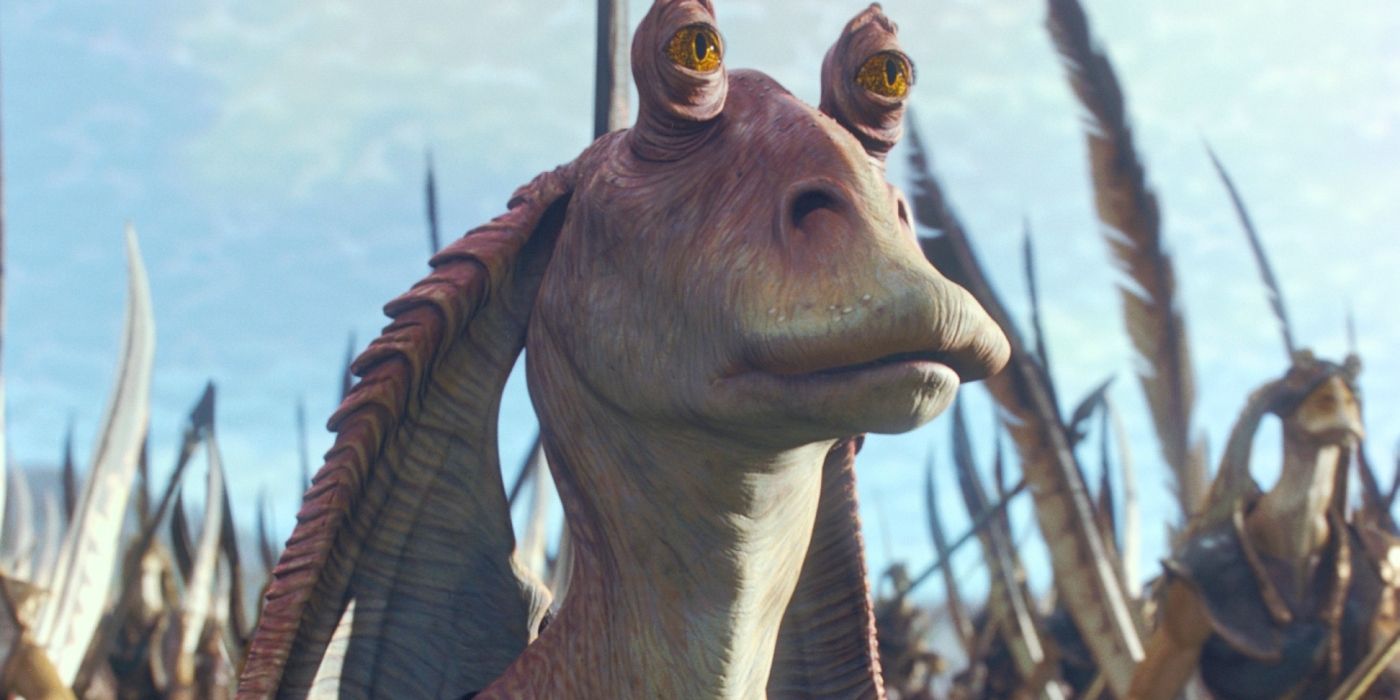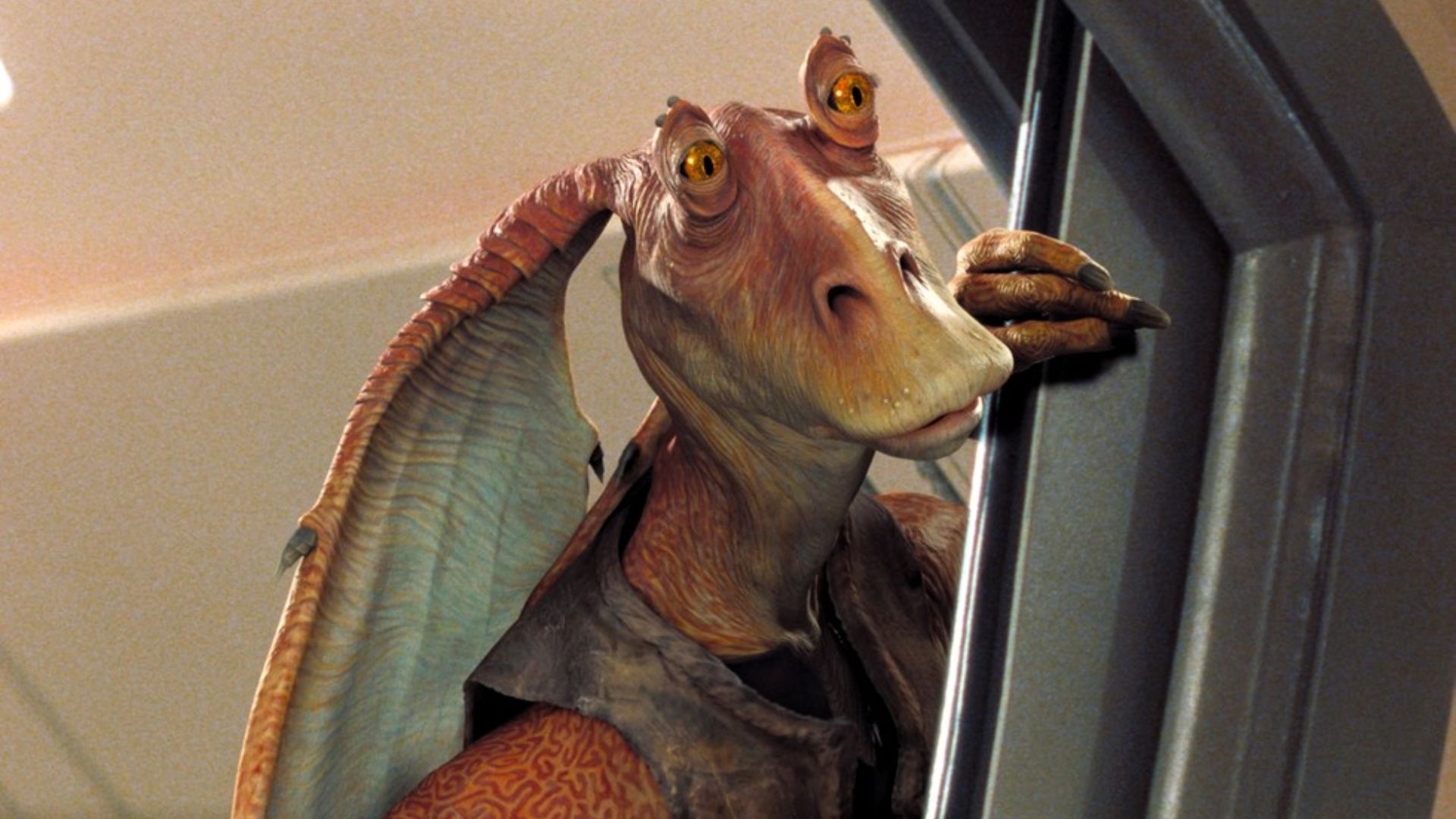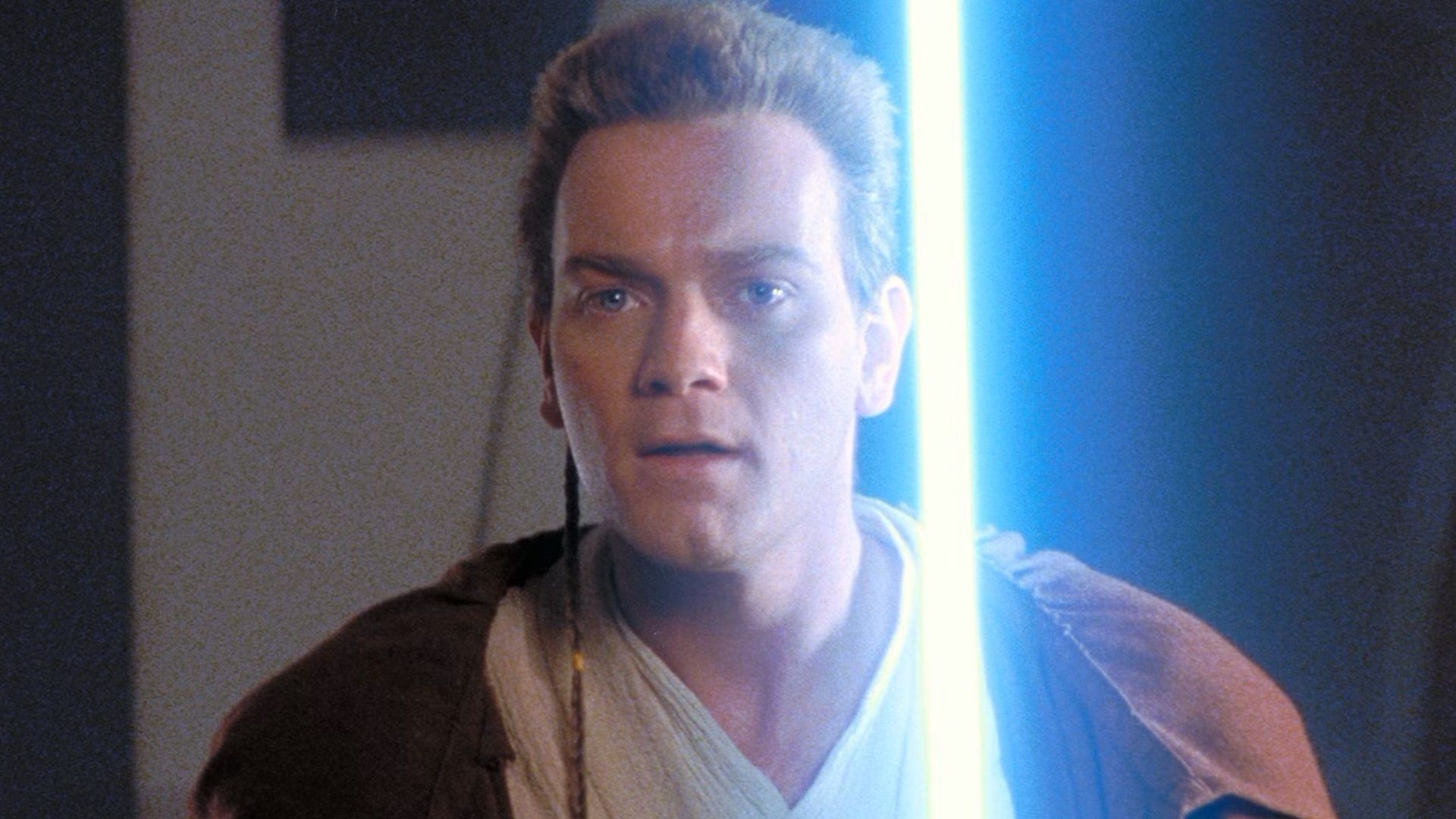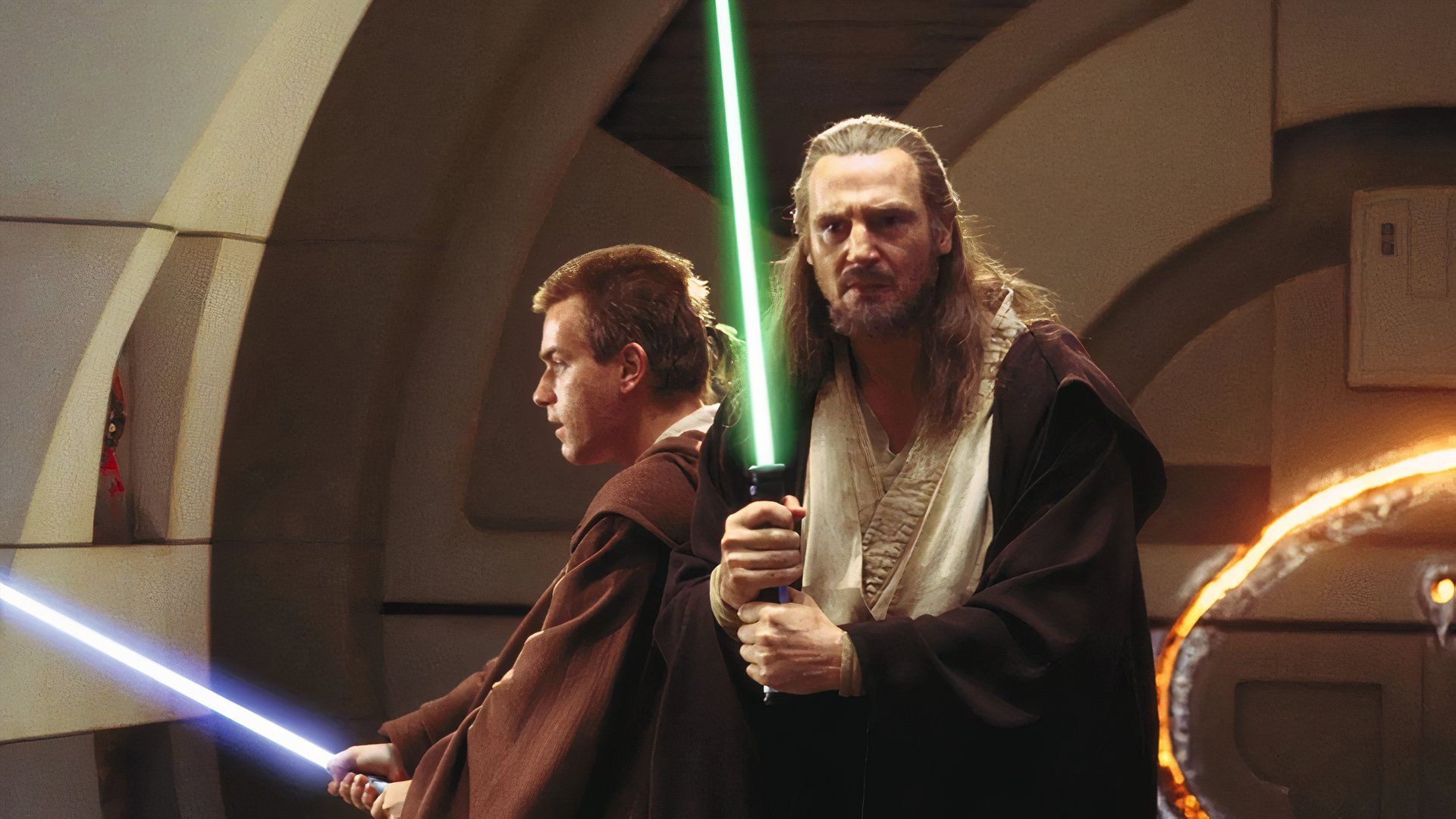
Over a decade has passed since the renowned movie and TV critic Roger Ebert departed, yet his insights continue to carry significant weight in the entertainment world today. His opinions, which appear to transcend time, are perhaps now being fully valued more than ever before. This is because numerous views that once seemed slightly outdated or contrary when he expressed them, have since been validated as true.
In the realm of cinema criticism, I find myself in the unique position of defending a movie that left many fans, fellow critics, and audiences cold upon its initial release – none more so than “Star Wars: Episode I – The Phantom Menace.” This film has since earned the dubious distinction of being a prime example demonstrating the prescience of Roger Ebert’s reviews.
Initially met with scorn and harsh criticism, Ebert’s take on “The Phantom Menace” stood as a lone voice in the wilderness. Yet, let me share why his opinions at the time clashed with the majority – an inconsistency that would eventually be validated.
In the face of widespread condemnation, Roger Ebert dared to see the potential in “The Phantom Menace.” While others decried its plot holes and excessive CGI, Ebert recognized the film’s innovative elements and the groundwork it laid for the prequels that followed. In time, as the saga unfolded, the brilliance of George Lucas’ vision became more apparent, and “The Phantom Menace” was reevaluated in a new light.
Roger Ebert’s initial assessment may have seemed out of step with the consensus, but his foresight and ability to see beyond the surface flaws have since been vindicated. The film remains a testament to the power of enduring quality, and a shining example of why we should never dismiss a movie too quickly or categorically.
Why ‘The Phantom Menace’ Was Almost Universally Hated

1999 saw the arrival of Star Wars: Episode 1 – The Phantom Menace , a film that was anticipated with great excitement. This was the initial installment from the legendary franchise in 16 years, so the anticipation was immense. Given the long gap and the incredible success of the original films, it had to live up to some truly monumental expectations. As Rex Provost of StudioBinder points out, the original films revolutionized the use of technology and special effects, leaving an indelible mark on the science fiction genre.
George Lucas’s greatest work signified the end of the golden age of New Hollywood and the beginning of the 1980s blockbuster era, casting a long and dominant shadow over subsequent big-budget science fiction films.
As a devoted fan, I must admit that by the time “The Phantom Menace” graced our screens, computer-generated imagery (CGI) had already demonstrated to viewers that any concept a filmmaker could dream up was now within reach. Unfortunately, this meant that the movie could no longer rely on groundbreaking special effects, as it was the story and characters that would have to carry its weight in this era of advanced technology. It’s a shame because the Star Wars franchise had already built a legendary reputation for its captivating narratives and well-crafted characters. However, there was an issue – the movie fell short in delivering on both counts!
The issue at hand was embodied by Jar Jar Binks, a once comical and endearing Gungan character from Star Wars. Intended to bring humor and quirkiness, he instead sparked global outrage among fans due to his portrayal. Additionally, the film had other flaws such as uneven pacing, excessive use of CGI, and the introduction of midi-chlorians as a biological explanation for the Force, which added new elements to the franchise’s lore. However, despite these issues, it was primarily Jar Jar that faced relentless criticism from both fans and critics.
Roger Ebert’s Review Seemingly Stood Alone

As a passionate cinephile, I found myself standing alone amidst a sea of criticism towards “The Phantom Menace.” This film, particularly its character Jar Jar, stirred up so much negativity that the actor behind him even considered taking his own life. Yet, amidst this tempest of disapproval, Roger Ebert stood tall and firm in his conviction. Unlike many others, he saw the greatness in this movie and had only praise for it. His positive review was a beacon in those days, not just because he was a renowned figure in film criticism, but also because his endorsement carried significant weight in the world of cinema.
Yet, always the astute critic with an uncanny knack for recognizing quality that others often fail to emulate, Ebert was on his path to giving the movie three and a half stars out of four. In 1999, upon its initial review, here’s what he had to express about it:
or
Despite being an exceptional critic who consistently identifies quality that others struggle to match, Ebert was poised to award the film three and a half stars out of four. His comments about the movie were made in 1999 during its first review:
Star Wars: Episode I – The Phantom Menace,” as it’s fully titled, showcases an extraordinary feat in creative cinema. Although some characters may not be particularly captivating, this might be expected given that it’s the initial tale in the series, serving to establish characters who grow more intriguing as time progresses.
Back then, it might not have been obvious, but as time passed, his views on significant movies, much like Roger Ebert’s, frequently proved to be accurate. However, in this particular case, it took some time for the truth to become evident.
It Set Up a New Era for ‘Star Wars’

Reflecting on Star Wars: The Phantom Menace and the prequels released between 1999 and 2005, fans today often recognize its subtler aspects within the broader narrative. As Roger Ebert foresaw, elements that initially appeared out of sync, irrelevant, or irritating have since emerged as significant in the overarching Star Wars saga. With the franchise expanding even further after that time, it’s clear now that George Lucas had a comprehensive plan which, at the time, was not fully comprehended due to its gradual unfolding.
Moving forward to present times, it’s clear that the initial vision for Star Wars has truly blossomed. Today, Star Wars extends beyond films into a multitude of series, animated programs, video games, literature, and comics, all intertwined in fascinating ways. This expansive universe has led many dedicated fans to reevaluate their views on The Phantom Menace and the other prequels more positively.
The characters have become deeply ingrained in the franchise’s history, and many more have been created since then. Ultimately, what Roger Ebert foresaw was that the film would endure long enough to achieve the same effect as the originals: stirring up immense nostalgia within fans who experienced it decades later.
Star Wars: Episode 1 – The Phantom Menace is now streaming on Disney+
Read More
- Clash Royale Best Boss Bandit Champion decks
- Mobile Legends November 2025 Leaks: Upcoming new heroes, skins, events and more
- PUBG Mobile or BGMI A16 Royale Pass Leaks: Upcoming skins and rewards
- The John Wick spinoff ‘Ballerina’ slays with style, but its dialogue has two left feet
- Kingdom Rush Battles Tower Tier List
- Clash Royale Season 77 “When Hogs Fly” November 2025 Update and Balance Changes
- Delta Force Best Settings and Sensitivity Guide
- Vampire’s Fall 2 redeem codes and how to use them (June 2025)
- Stocks stay snoozy as Moody’s drops U.S. credit—guess we’re all just waiting for the crash
- ‘Australia’s Most Sexually Active Woman’ Annie Knight reveals her shock plans for the future – after being hospitalised for sleeping with 583 men in a single day
2025-06-05 00:02